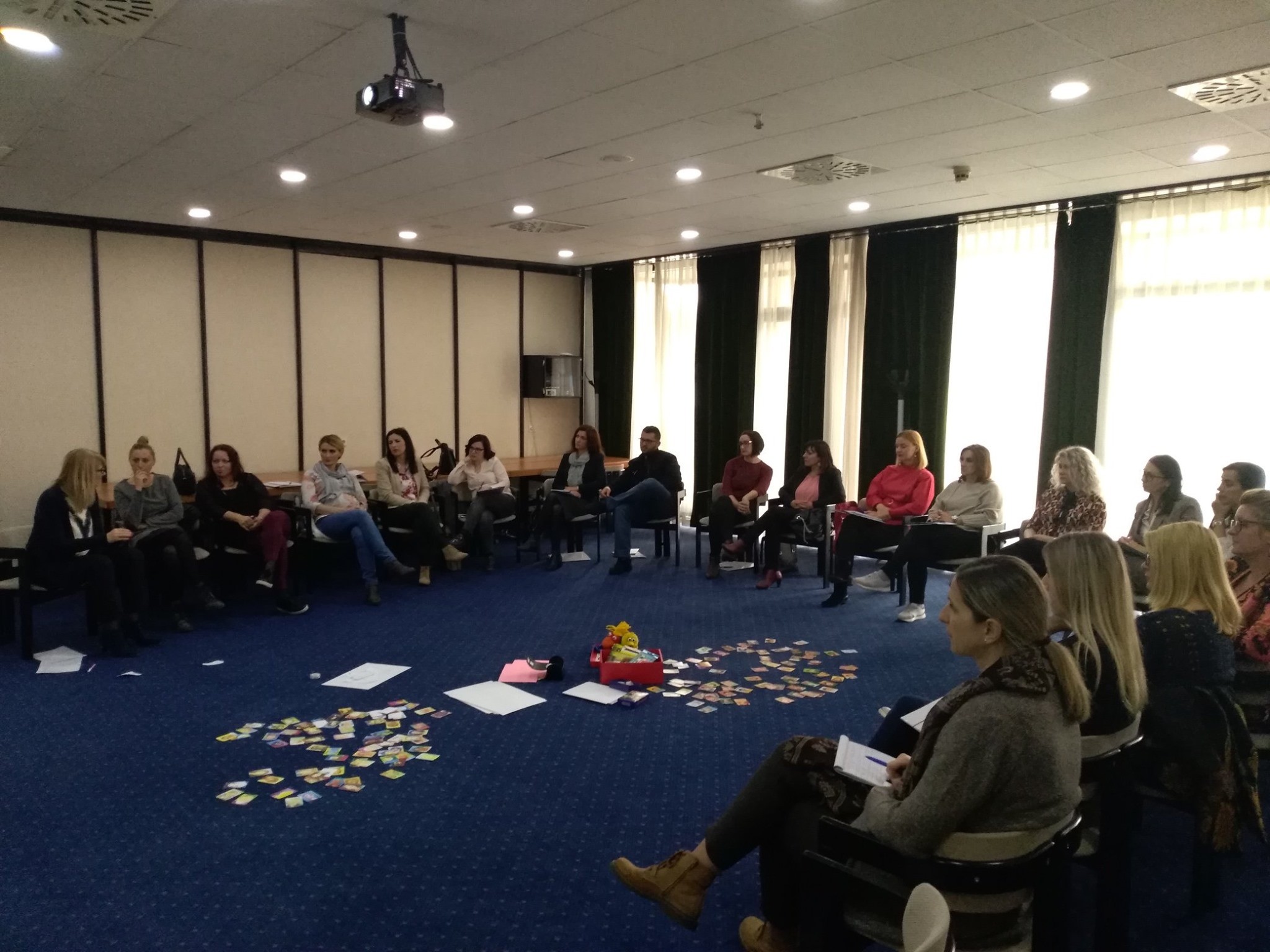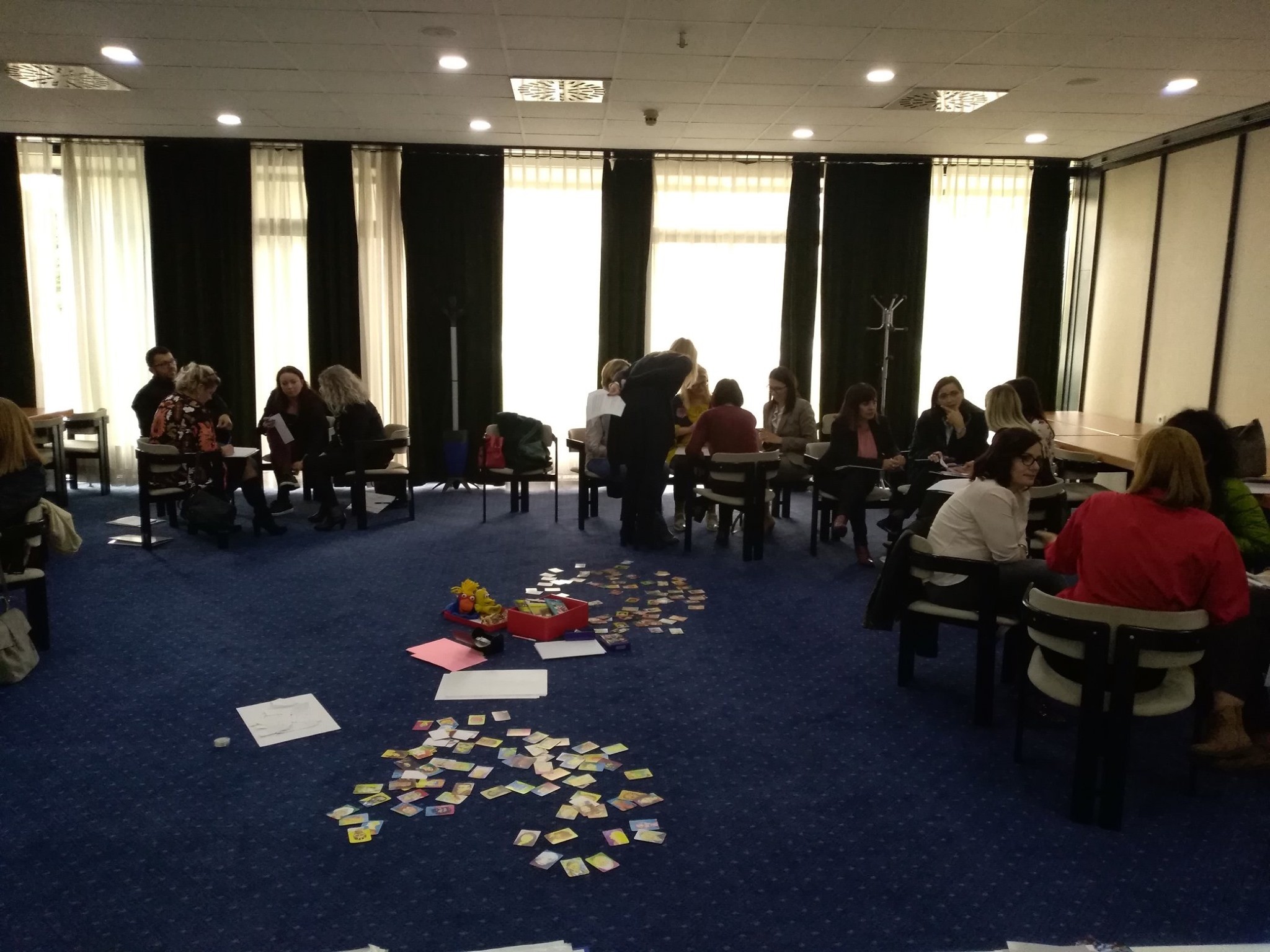Empowering social sector professionals
Within the project Development of policies for social inclusion of children and young people at risk, on May 20 and 21 in Sarajevo, activities were organized for employees from social welfare institutions in the Sarajevo Canton.
Participants were employees of the Cantonal Center for Social Work with associated services, the Center for Children without Parental Care Sarajevo, the Educational Center and the Campus Therapeutic Community. During these two days, the first of the four planned educational sessions and also the first of a total of five supervision meetings were organized.
On Monday, May 20, the mentioned social protection professionals had the opportunity to participate in a workshop prepared and led by Mirela Badurina PhD. The topic of education was The role and responsibility of the helper – when are we protective and when risk factor for the child’s development?.
During the training, the participants had the opportunity to become acquainted with several very important topics. In the first part, everyone is familiar with the basic principles of working with children. The knowledge, skills and responsibilities of helpers in working with children were analyzed, and professionals were reminded of the developmental needs of children. The second part of the workshop was dedicated to the specificity and characteristics of children at risk. Through the communication and exchange of experiences of all present, the types of traumatic experiences were discussed, as well as the consequences that these traumatic experiences have on children. The last part of the workshop was dedicated to practical advice on what to do when a child entrusts to one of the professionals.
Particular emphasis is placed on child protection protocols and on ways to build child protective factors.





